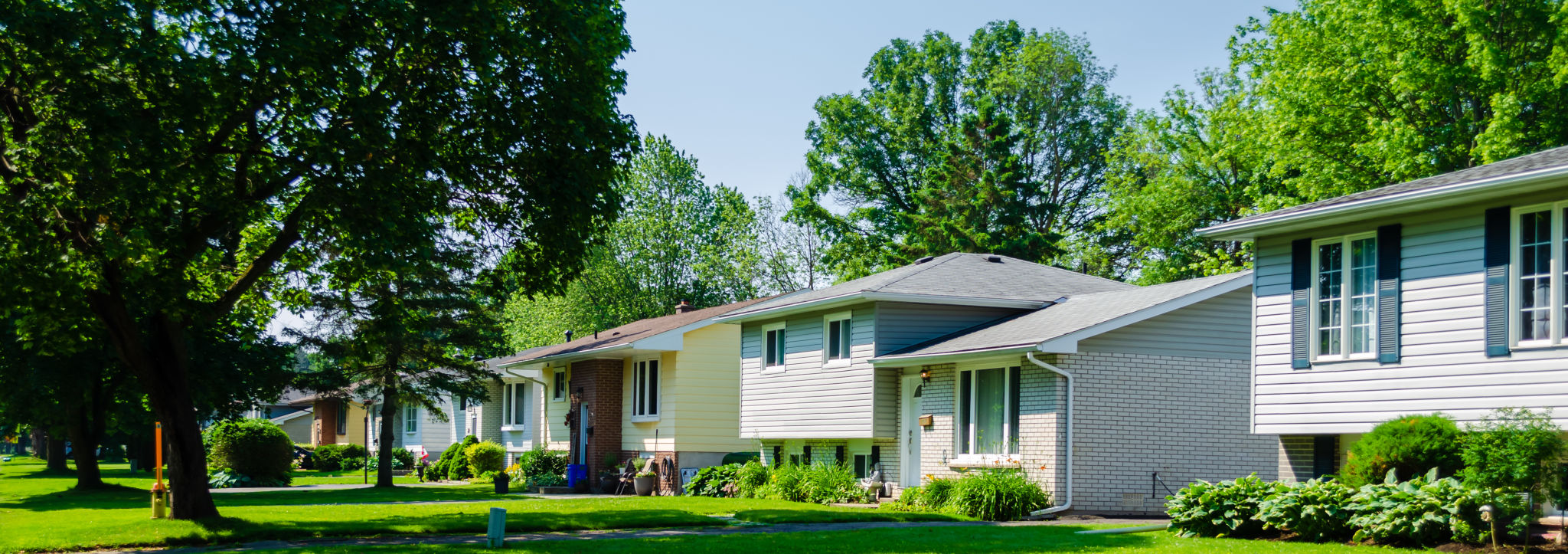Comparing Urban vs. Suburban Real Estate Development: Key Considerations
EC
Introduction to Urban and Suburban Real Estate Development
Real estate development is a dynamic field, constantly evolving to meet the needs of various populations. Two primary types of development are urban and suburban. Each comes with its own set of considerations and advantages, appealing to different demographics and serving distinct purposes.

Population Density and Lifestyle
The most pronounced difference between urban and suburban real estate is population density. Urban areas are characterized by high population density, resulting in a fast-paced lifestyle. City centers are bustling with activity, offering an array of amenities such as shopping centers, theaters, and restaurants.
Conversely, suburban areas offer a more relaxed lifestyle with lower population density. These areas are often preferred by families seeking more space and a quieter environment. Suburban developments typically include single-family homes with larger yards, parks, and community centers.

Transportation and Accessibility
Transportation is a crucial factor when comparing urban and suburban real estate. Urban areas boast extensive public transportation networks, making it easy for residents to commute without the need for a personal vehicle. This accessibility is a major draw for urban dwellers.
On the other hand, suburban areas may require residents to rely more heavily on personal transportation. While some suburbs offer public transit options, they are generally less comprehensive than those found in urban settings. However, the trade-off often includes less traffic congestion and easier parking.
Cost of Living and Property Values
Cost of living is another significant consideration when choosing between urban and suburban real estate. Urban properties tend to have higher prices due to the demand for proximity to city amenities and employment opportunities. This can lead to a higher overall cost of living.
Suburban areas often present more affordable housing options. The lower cost of land in suburban locales allows for more spacious properties at a reduced price compared to their urban counterparts. This affordability can be appealing to first-time homebuyers and those looking to maximize their purchasing power.

Development Trends and Future Outlook
The trends in urban and suburban development are constantly shifting based on economic, social, and technological changes. Currently, many urban areas are focusing on sustainable development practices and smart city initiatives, integrating technology to improve efficiency and livability.
Suburban areas are also evolving, with an increased emphasis on mixed-use developments that combine residential, commercial, and recreational spaces. This trend aims to create vibrant communities that offer the convenience of urban living while maintaining the charm of suburban life.
Conclusion: Making the Right Choice
When considering urban versus suburban real estate development, it's important to evaluate individual needs and preferences. Factors such as lifestyle, transportation, cost of living, and future growth potential should all play a part in decision-making. Whether one chooses the bustling environment of a city or the tranquility of the suburbs, both options offer unique benefits that can cater to a wide range of lifestyles.
The choice between urban and suburban living ultimately depends on what individuals value most in their living environment. By weighing these key considerations, potential homeowners can make informed decisions that align with their personal and financial goals.